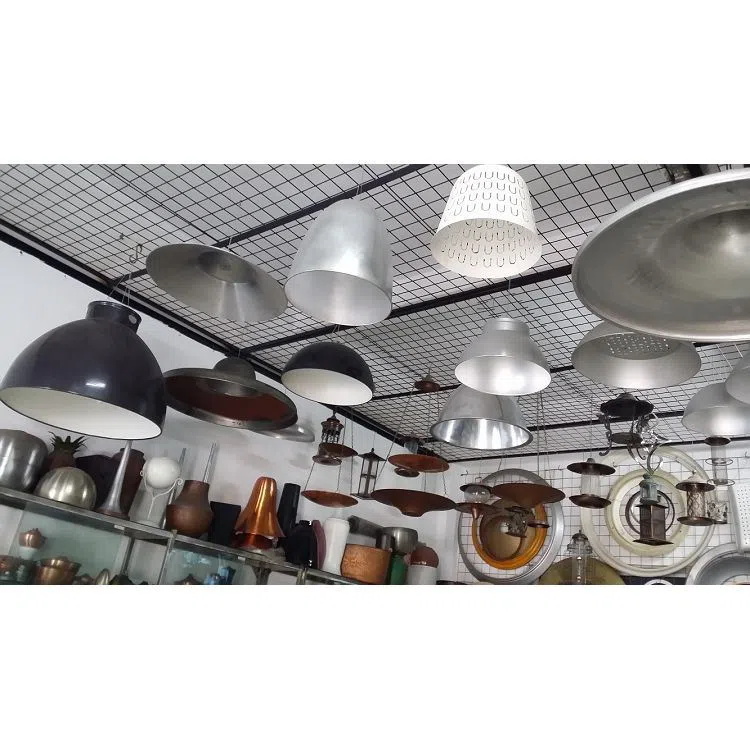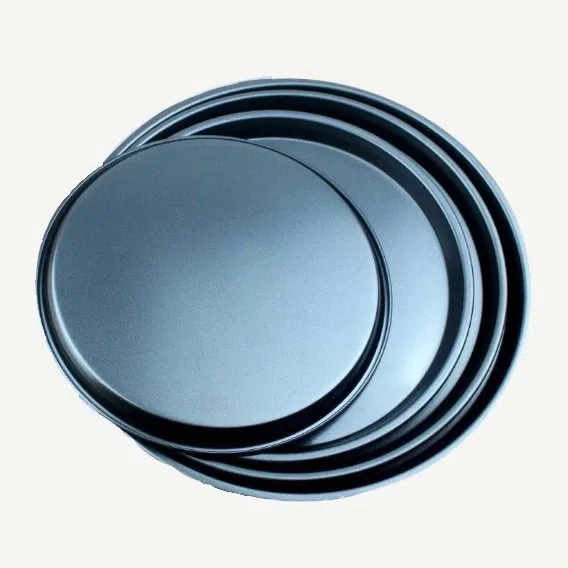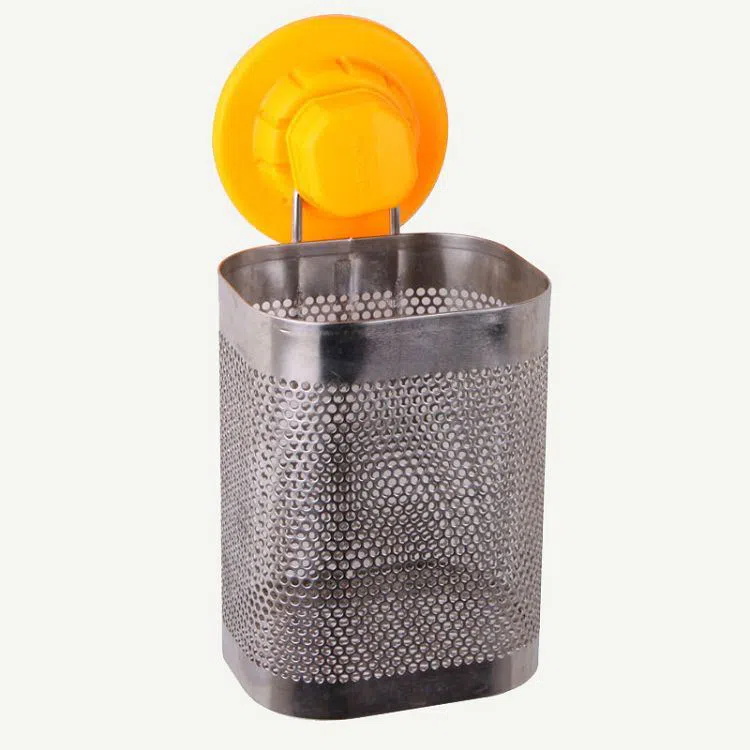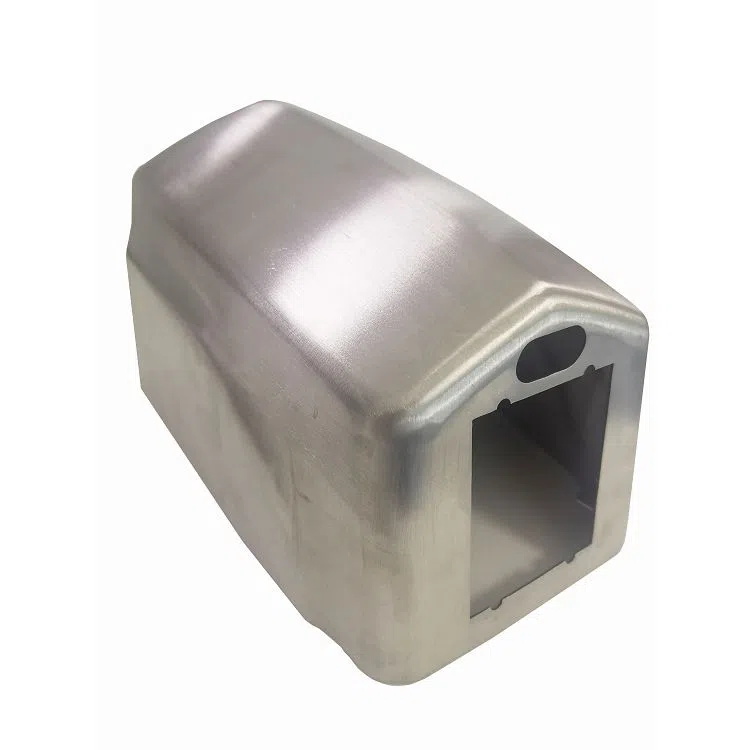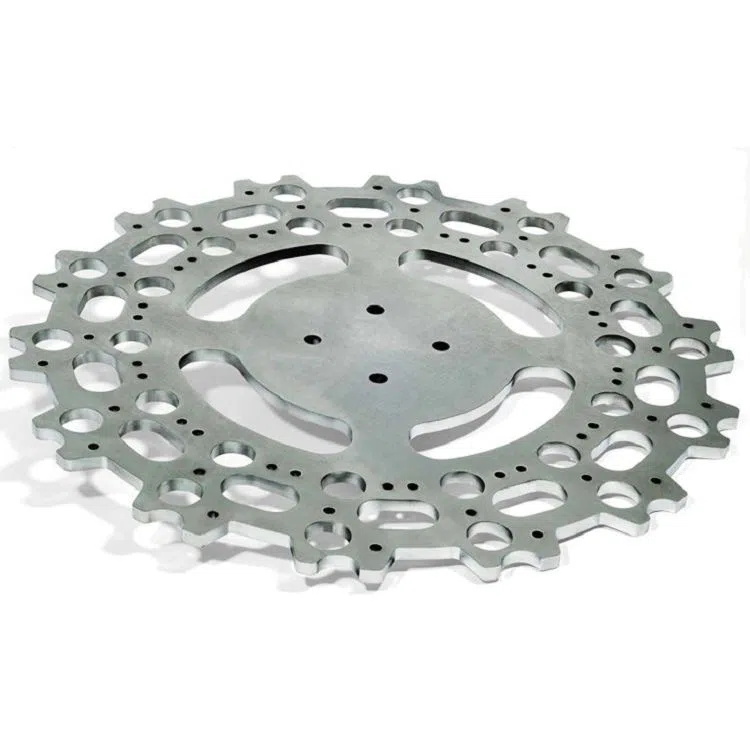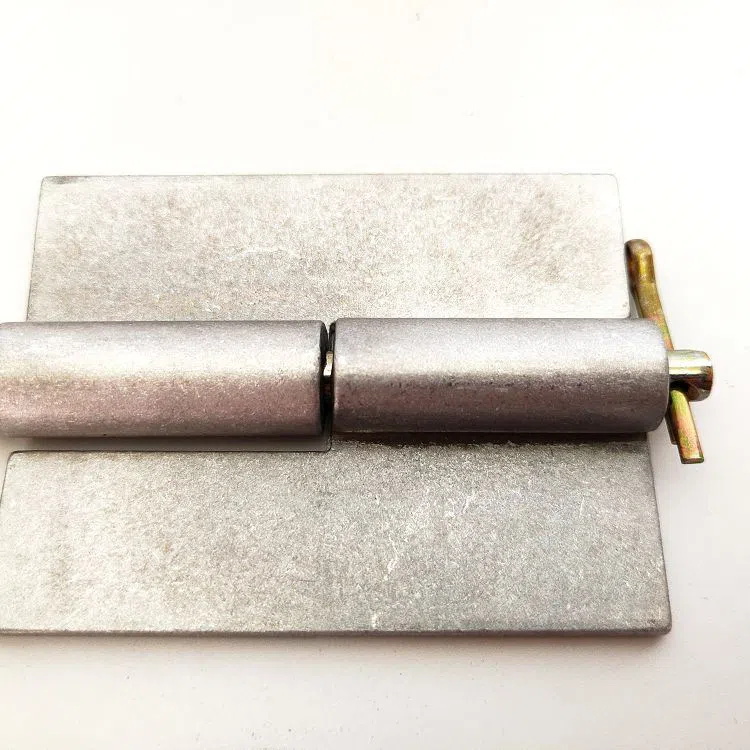With the development of society, stamping products have been applied to various fields. Because the materials used in metal stamping parts are also divided into many types, when producing metal stamping parts in a stamping processing plant, we need to understand the characteristics of the product and the performance of the material. Among them, material hardness is a very important point. Different materials have different testing methods for material hardness.
1. Hot rolled steel sheets are usually thick. It is generally stipulated that the Brinell hardness tester is used to test the hardness, and the Rockwell hardness tester can also be used to test the hot-rolled steel plate. When using a portable Rockwell hardness tester to test hot-rolled steel plates, the hrb scale can be used. The test can be carried out without sampling and the operation is very simple;
2. The cold-rolled steel plate used for processing metal stamping parts mainly uses Rockwell hardness tester to test the hardness, usually using the hrb scale, and the harder one using the hrc scale;
3. The material of the sheet material can use the Webster hardness tester, or the surface Rockwell hardness tester hrn or hrt scale;
4. The hardness of the brass plate used for processing metal stamping parts can be tested with the hrb scale of the Rockwell hardness tester; the hrf scale of the softer brass plate and the red copper plate;
5. A Webster hardness tester can be used to test aluminum alloy plates used to process metal stampings. When the material thickness is 13mm, a Barcol hardness tester can be used. Busbar hardness tester should be used for pure aluminum plate or low-hardness aluminum alloy plate.
